Shaped Yellow Watermelon Growing: Ever dreamt of slicing into a perfectly square, sunshine-yellow watermelon you grew yourself? It sounds like something out of a futuristic farm, doesn’t it? But trust me, it’s totally achievable, and I’m here to show you how! For centuries, gardeners have experimented with manipulating the shapes of fruits and vegetables, often as a symbol of prosperity or simply for the sheer novelty of it. In some Asian cultures, perfectly shaped fruits are even given as gifts, representing good fortune and meticulous care.
But beyond the cool factor, why would you want to grow a shaped yellow watermelon? Well, think about it: they’re easier to store in the fridge, they make incredible conversation starters at summer barbecues, and they’re just plain fun! Plus, this DIY project is a fantastic way to get kids interested in gardening and where their food comes from. Let’s be honest, getting a child excited about eating a square watermelon is a lot easier than convincing them to try a regular one!
This article will guide you through the simple steps of shaped yellow watermelon growing, from selecting the right variety to choosing the perfect mold. I’ll share my tried-and-true tips and tricks to ensure your watermelon not only takes on the desired shape but also thrives and produces a delicious, juicy harvest. So, grab your gardening gloves, and let’s get shaping!
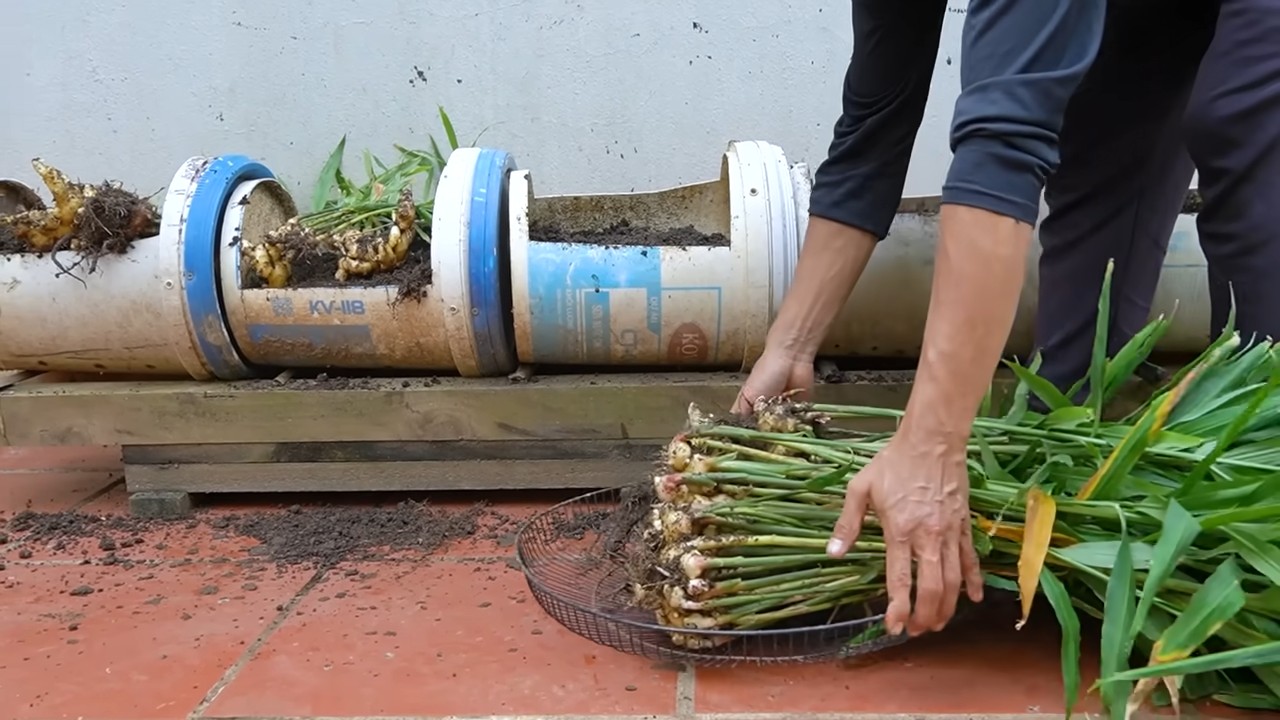
Growing a Shaped Yellow Watermelon Yourself: A DIY Project for the Summer
Hello dear garden friends! Have you ever wondered how to get those cool, shaped watermelons that you sometimes see? I wondered that too and decided to just try it myself! It’s a bit of work, but the result is simply fantastic and a real eye-catcher at any garden party. In this article, I will show you step-by-step how to grow your own yellow watermelon in a special shape. Let’s get started!
What you need:
- Yellow watermelon seeds: Be sure to choose a variety that is suitable for your region. I recommend an early variety so that you can actually harvest a ripe melon.
- Seed starter pots and seed starting mix: For starting indoors.
- Garden soil: Good, nutrient-rich soil for the garden bed.
- Compost or organic fertilizer: Watermelons are heavy feeders and need plenty of food.
- A mold: This is where it gets exciting! You can buy a special watermelon mold (e.g., in the shape of a cube, heart, or star). Alternatively, you can also use a sturdy, transparent plastic box or a container with holes. Make sure the mold is large enough to accommodate the growing melon, but not so large that it has too much space.
- Patience: The most important thing of all!
Phase 1: Starting the Seeds
- Prepare the seeds: To speed up germination, you can place the seeds in lukewarm water for 24 hours before planting. This softens the hard shell and makes germination easier.
- Sowing: Fill the seed starter pots with seed starting mix and press it down lightly. Place one to two seeds in each pot and cover them with about one centimeter (0.4 inches) of soil. Water the soil gently so that it is moist but not wet.
- Location: Place the seed starter pots in a warm, bright place. A windowsill over a heater is ideal. Germination usually takes 7-14 days.
- Care: Keep the soil moist, but avoid waterlogging. Once the seedlings have two to three leaves, you can remove the weaker ones, leaving only the strongest seedling per pot.
Phase 2: Preparing the Garden Bed
- Choosing a location: Watermelons love the sun! Choose a sunny, warm, and wind-protected location for your garden bed.
- Soil preparation: Loosen the soil thoroughly and remove weeds. Mix in plenty of compost or organic fertilizer to enrich it with nutrients. Watermelons need well-draining soil to prevent waterlogging.
- Plant spacing: Plan for enough space between the watermelon plants. I recommend a distance of at least 80 cm to 1 meter (about 3 feet) between plants so they have enough room to grow.
Phase 3: Planting Out
- Timing: Wait to plant out until there is no more danger of frost. This is usually the case in mid-May. The soil temperature should be at least 15 degrees Celsius (59°F).
- Careful planting: Carefully remove the seedlings from the seed starter pots and plant them in the prepared bed. Be careful not to damage the roots.
- Watering: Water the plants thoroughly after planting.
Phase 4: The Shaping
- The right time: This is the trickiest part! You have to catch the right moment to apply the mold. Wait until the watermelon is about the size of a fist. It should still be small enough to fit into the mold, but already large enough not to be so delicate.
- Careful placement: Carefully open the mold and place the watermelon inside. Be careful not to damage the melon. Close the mold carefully and secure it so that it does not open.
- Fixing the mold: Depending on the mold, you may need to secure it with supports or strings to prevent it from slipping or tipping over. Make sure the mold is stable and does not unnecessarily strain the melon.
- Ventilation: If you are using a closed mold, make sure it is sufficiently ventilated to prevent mold growth. You can drill small holes in the mold or open it regularly to let in fresh air.
Phase 5: Care During Growth
- Watering: Watermelons need a lot of water, especially during fruit formation. Water regularly and thoroughly, but avoid waterlogging. It is best to water in the morning so that the leaves can dry during the day.
- Fertilizing: Fertilize the watermelons regularly with an organic fertilizer or compost. This ensures healthy growth and good fruit formation.
- Weeding: Keep the bed free of weeds so that the watermelons do not have to compete for nutrients.
- Monitoring: Check the plants regularly for pests and diseases. If necessary, you can use organic pesticides.
- Keep an eye on the mold: Regularly check that the mold is still properly seated and that the melon has enough space. If the melon gets too big, you may need to adjust or remove the mold.
Phase 6: The Harvest
- The right time: The time of harvest is crucial for the taste of the watermelon. There are several signs that tell you when the melon is ripe:
- The tendril closest to the melon turns brown and dry.
- The spot where the melon rests on the ground turns yellowish.
- If you tap the melon, it should sound hollow.
- Careful harvesting: Carefully cut the melon with a sharp knife or garden shears. Be careful not to damage the plant.
- Enjoy: Now you can enjoy your homegrown, shaped yellow watermelon! It is not only an eye-catcher, but it also tastes fantastic.
Additional Tips and Tricks:
- Pollination: Watermelons depend on pollination by bees and other insects. If you have few insects in your garden, you can also hand-pollinate the flowers. To do this, take a soft brush and transfer the pollen from the male to the female flowers.
- Mulching: Mulch the bed with straw or grass clippings to retain moisture in the soil and reduce weed growth.
- Variety selection: There are many different varieties of yellow watermelons. Before buying, learn about the characteristics of the individual varieties and choose a variety that is suitable for your needs. Some varieties are particularly sweet, others are particularly resistant to diseases.
- Experiment: Be creative and experiment with different shapes and materials. For example, you can also use an old plastic bottle or a yogurt cup as a mold.
I hope this guide helps you to grow your own shaped yellow watermelon. It is an exciting project that brings a lot of joy and is rewarded with a unique result. Good luck and enjoy your meal!
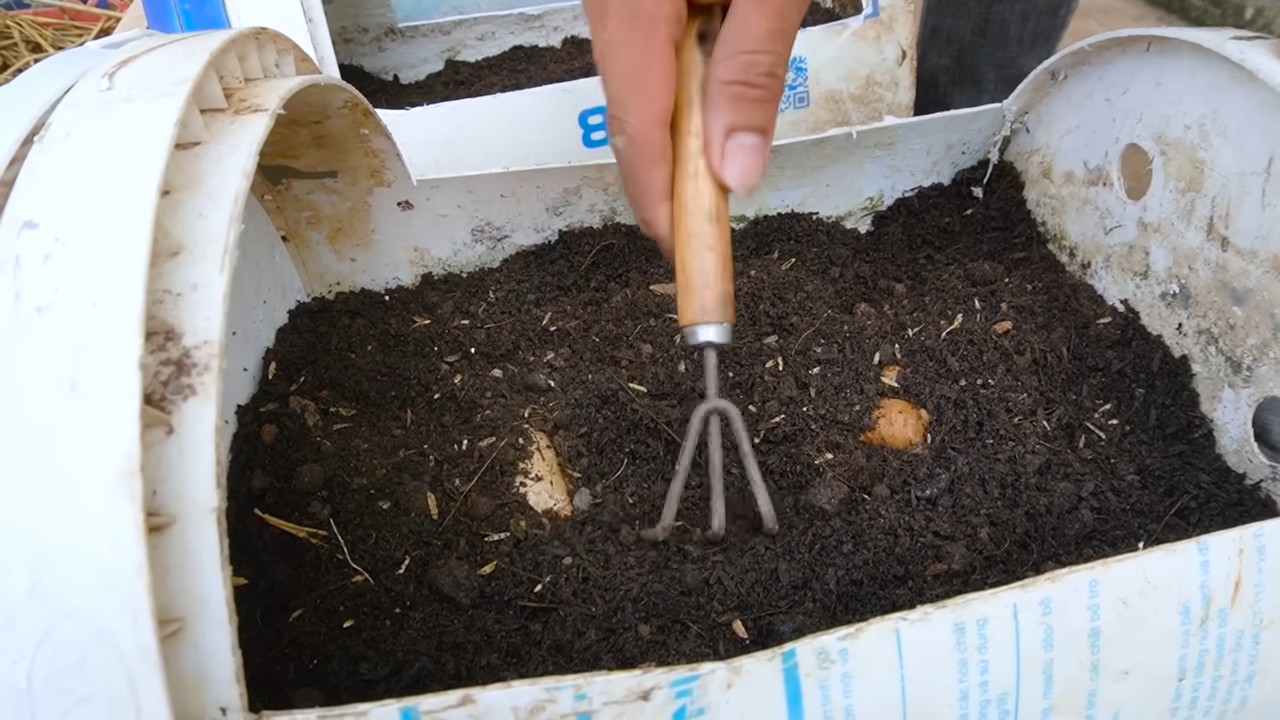
Conclusion
So, there you have it! Transforming an ordinary watermelon into a uniquely shaped, vibrant yellow masterpiece is not just a fun gardening project; it’s a conversation starter, a delightful gift, and a testament to the wonders of nature and a little human ingenuity. This DIY trick, focusing on growing a shaped yellow watermelon, is a must-try for several compelling reasons.
First and foremost, it elevates the humble watermelon from a simple summer treat to a stunning visual spectacle. Imagine the look on your friends’ and family’s faces when you present them with a perfectly square or heart-shaped yellow watermelon! It’s an instant wow factor that adds a touch of whimsy and sophistication to any gathering.
Secondly, this project is incredibly rewarding. From carefully selecting your yellow watermelon seeds to nurturing the growing fruit within its custom mold, you’ll witness the magic of nature unfold before your very eyes. The anticipation builds as the watermelon slowly takes shape, culminating in the triumphant moment when you finally remove the mold to reveal your creation. It’s a truly satisfying experience that connects you to the earth and the cycle of life.
Thirdly, shaping watermelons opens up a world of creative possibilities. While we’ve focused on squares and hearts, don’t let your imagination stop there! Experiment with different mold shapes, sizes, and even patterns. You could try creating star-shaped watermelons for a Fourth of July celebration, or even personalize them with initials or names for special occasions. The only limit is your creativity.
Variations and Suggestions:
* Mold Materials: While plastic molds are readily available, you can also experiment with creating your own molds from wood, metal, or even sturdy cardboard. Just ensure the material is food-safe and won’t leach any harmful chemicals into the watermelon.
* Watermelon Varieties: While this guide focuses on yellow watermelons, the same technique can be applied to red or orange varieties. Consider experimenting with different watermelon types to see which ones work best for shaping.
* Support Systems: As the watermelon grows and becomes heavier, it’s crucial to provide adequate support to prevent the vine from breaking. Use slings, trellises, or other support structures to keep the fruit safely suspended.
* Sunlight Management: Ensure the shaped watermelon receives adequate sunlight for optimal growth and ripening. You may need to adjust the position of the mold or the surrounding foliage to maximize sun exposure.
* Pest Control: Keep a close eye on your watermelon plants for any signs of pests or diseases. Implement appropriate pest control measures to protect your crop and ensure a healthy harvest.
We wholeheartedly encourage you to embark on this exciting gardening adventure and try growing your own shaped yellow watermelon. It’s a fun, rewarding, and visually stunning project that will bring joy to your garden and delight to your table.
Don’t forget to document your progress and share your experiences with us! We’d love to see your creations and hear about any tips or tricks you discover along the way. Share your photos and stories on social media using #ShapedYellowWatermelon and let’s inspire others to get their hands dirty and grow something amazing!
Frequently Asked Questions (FAQ)
What is the best time to start growing shaped yellow watermelons?
The ideal time to start growing shaped yellow watermelons is typically in late spring or early summer, after the last frost has passed and the soil has warmed up. Watermelons thrive in warm temperatures and require a long growing season of at least 70-90 days. Starting early in the season allows the watermelons ample time to mature and develop their desired shape before the first frost arrives. Check your local climate and planting guidelines for the most accurate timing in your region.
Where can I find yellow watermelon seeds?
Yellow watermelon seeds are readily available from various sources, including online seed retailers, garden centers, and nurseries. Look for reputable seed companies that specialize in heirloom or unique watermelon varieties. Some popular yellow watermelon varieties include ‘Yellow Doll,’ ‘Yellow Crimson,’ and ‘Buttercup Yellow.’ When purchasing seeds, ensure they are fresh and viable for optimal germination rates.
What type of mold should I use for shaping my watermelon?
The most common type of mold used for shaping watermelons is a clear, food-grade plastic mold. These molds are specifically designed to withstand the weight and pressure of the growing watermelon without cracking or breaking. You can find these molds online or at specialty gardening stores. Ensure the mold is appropriately sized for the watermelon variety you are growing. Alternatively, you can create your own molds from wood, metal, or sturdy cardboard, but make sure the materials are food-safe and won’t leach any harmful chemicals into the fruit.
How do I know when to place the mold around the watermelon?
The optimal time to place the mold around the watermelon is when the fruit is approximately the size of a softball or slightly larger. At this stage, the watermelon is still actively growing and can easily conform to the shape of the mold. Avoid placing the mold too early, as the watermelon may not have enough room to expand, or too late, as the fruit may already be too large and resistant to shaping. Gently slide the mold around the watermelon, ensuring it is centered and securely fastened.
How long does it take for the watermelon to take the shape of the mold?
The time it takes for the watermelon to fully take the shape of the mold depends on several factors, including the watermelon variety, the size of the mold, and the growing conditions. Generally, it takes about 2-3 weeks for the watermelon to completely fill the mold and assume its desired shape. Monitor the watermelon’s progress regularly and adjust the mold if necessary.
How do I prevent the watermelon from rotting inside the mold?
To prevent the watermelon from rotting inside the mold, ensure adequate ventilation and drainage. Drill small holes in the mold to allow air to circulate and prevent moisture buildup. Avoid overwatering the watermelon plants, as excessive moisture can contribute to rot. Regularly inspect the watermelon for any signs of decay or disease and take appropriate action if necessary.
How do I know when the shaped yellow watermelon is ripe and ready to harvest?
Determining when a shaped yellow watermelon is ripe and ready to harvest can be tricky, as the traditional indicators, such as thumping the fruit, may not be as reliable due to the mold. Look for the following signs:
* The tendril closest to the watermelon stem should be brown and dry.
* The bottom of the watermelon, where it rests on the ground, should be a creamy yellow color.
* The watermelon should sound hollow when tapped.
* The skin should be slightly dull and waxy.
If you are unsure, it is better to err on the side of caution and harvest the watermelon slightly early rather than letting it overripen and rot inside the mold.
Can I reuse the mold for multiple watermelons?
Yes, you can reuse the mold for multiple watermelons, provided it is in good condition and free from cracks or damage. After harvesting a shaped watermelon, thoroughly clean the mold with soap and water to remove any residue or debris. Allow the mold to dry completely before using it again. Store the mold in a cool, dry place when not in use.
What are some common problems I might encounter when growing shaped watermelons?
Some common problems you might encounter when growing shaped watermelons include:
* Pest infestations: Watermelons are susceptible to various pests, such as aphids, squash bugs, and vine borers. Implement appropriate pest control measures to protect your crop.
* Diseases: Watermelons can be affected by fungal diseases, such as powdery mildew and anthracnose. Ensure good air circulation and avoid overwatering to prevent disease outbreaks.
* Cracking: The watermelon may crack if it grows too quickly or if the mold is too tight. Choose a mold that is appropriately sized for the watermelon variety and monitor the fruit’s growth regularly.
* Rotting: As mentioned earlier, watermelons can rot inside the mold if there is inadequate ventilation or drainage. Ensure the mold has drainage holes and avoid overwatering.
By being aware of these potential problems and taking proactive measures, you can increase your chances of successfully growing shaped yellow watermelons.

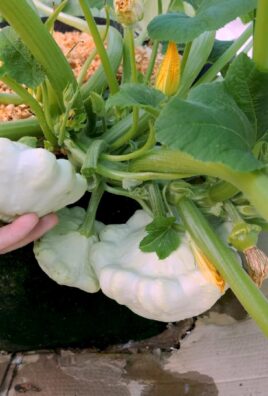
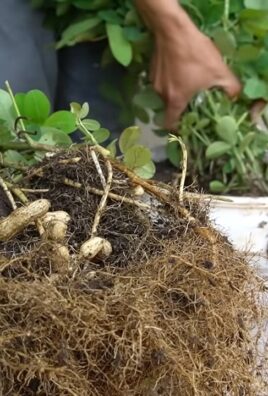
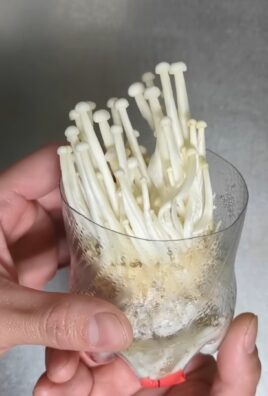
Leave a Comment